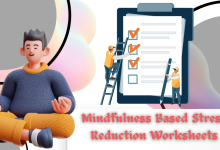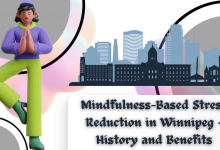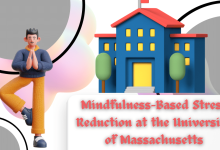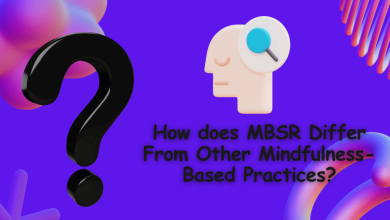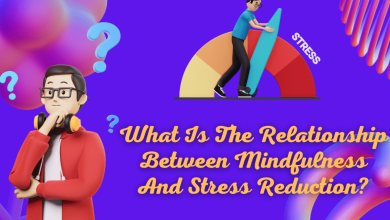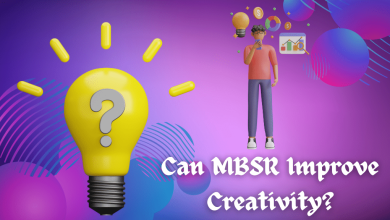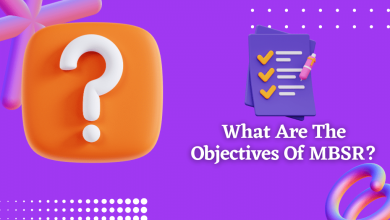What Is The Format Of MBSR? Quick Answers
MBSR stands for Mindfulness-Based Stress Reduction, a program designed to help people manage stress, anxiety, and chronic pain through mindfulness practices.
Overview of MBSR Format
The MBSR program typically involves an eight-week course that meets once a week for two and a half to three hours, plus a day-long retreat around week six or seven.
During the course, participants learn various mindfulness practices, including meditation, body scan, and mindful movement, as well as discussions on stress reduction, communication, and self-care.
MBSR sessions are usually led by a qualified instructor who has undergone specialized training in the program.
The instructor guides participants through the practices and provides support and feedback throughout the course.
Participants are also given home practice assignments to help them integrate mindfulness into their daily lives.
Examples of MBSR Practices
Here are some examples of MBSR practices that participants might learn during the program:
- Mindful breathing: Focusing on the sensations of the breath as it goes in and out of the body, without judgment or distraction.
- Body scan: Slowly scanning through different parts of the body, paying attention to sensations and relaxing any tension or discomfort.
- Mindful movement: Practicing yoga, walking, or other movements with awareness of the body and breath.
- Loving-kindness meditation: Sending well-wishes to oneself and others, cultivating feelings of kindness, compassion, and connectedness.
- Mindful eating: Paying attention to the tastes, textures, and sensations of food while eating, without distraction or judgment.
Benefits of MBSR
Research has shown that MBSR can have many benefits for physical and mental health, including:
- Reduced stress and anxiety
- Improved mood and well-being
- Decreased symptoms of depression
- Lowered blood pressure and heart rate
- Improved sleep quality
- Enhanced immune function
- Reduced chronic pain and inflammation
Let’s Narrate A short That Explains This Answer Better
Imagine a woman who is struggling with chronic pain and stress from her job and personal life. She decides to enroll in an MBSR program to learn how to manage her stress and improve her well-being.
Over the eight weeks, she learns different mindfulness practices, such as mindful breathing and body scan, and starts to incorporate them into her daily routine.
She also attends the day-long retreat, which gives her an opportunity to deepen her practice and connect with others in the program.
As she continues to practice mindfulness, she notices that she is better able to manage her pain and stress, and feels more relaxed and centered.
She also starts to notice positive changes in her relationships and overall outlook on life.
By the end of the program, she feels empowered with new tools and skills to continue her mindfulness practice and improve her well-being.
That’s it.
Hope you gain some value from this post.
